Holi is celebrated on 18 March. It is an Indian Hindu festival of colours. As it celebrates in spring, it is called the “Festival of Spring.” In India, it is a holiday, celebrated wide across the country. Children also celebrate by applying colour to each other.
Holi has actually honoured the love of Radha-Krishan (Indian goddess) and that is why it is solemnised as a “festival of love”. It gives a colour consciousness, teaches diversity to the children, also teaches them about different cultures around the world. Apart from them, using palm, fingers for applying colour give a boost to their fine motor skills.
The following provides ideas on how to celebrate Holi with children.
Learning About Holi
It's essential to know the story and the reason behind the celebration of Holi, as well as performing Holi activities by kids. It is said that Holi is celebrated to mark friendship and forgiveness. It is celebrated at the end of winter and just at the beginning of spring which also denotes the end of evil over good.
To know the Holi story behind it, please check the link: All About Holi
Leading up to Holi, the surroundings and the atmosphere of the environment should be adapted into the Holi theme. You can hang different colour posters and pictures of the festival.
Different songs and rhymes of Holi can be taught and sung by the children such as:
Rainbow Blow Painting
Blow painting with straw is an excellent activity for children. They should have to take different colour in a different bowl and then they have to put a drop of colour in a white page which is being placed in front of their tabletop. After that, they have to exhale air from their mouth through a straw placing the straw just beside the drop of colour. It makes the drop of colour to be spread freely. Performing the same thing with different colours at a time will create a pattern of different colours on the white paper.
It will help children to get a better understanding of colour coherence and also help to enhance mouth muscles and fine motor skills.
Making Rainbow Oobleck
Holi is about the different colours. Children can make rainbow oobleck to celebrate Holi and to get an idea about colour coherence. It also enhances their sensory-motor skills. Children can easily make it on their own under the instruction of educators/parents. They have to take one bowl of cornflour and have to add water, followed by mixing with a spatula. Then they need to put a few drops of colours as per their choice or being followed by the rainbow colours. Then they have to stretch those drops of colours with a stick which will create a pattern:
Tshirts With Holi Colours
Children can bring in a plain white t-shirt or be given one. Children can make Holi colours and sprinkle and decorate these over their t-shirt to make holi designs.
Ingredients needed:
Gram flour (besan)
Corn flour
Turmeric powder
Lemon extract
Method:
In a big bowl take all the ingredients except turmeric powder.
Mix them with a spatula.
Add turmeric powder.
The yellow colour is ready.
Please note: To make the red colour you can use beetroot, to make the green colour you can add spinach extract after boiling and smashing it, to make the pink colour you can use a small amount of beetroot extract.
Holi Sweets
Apart from these children could make Holi sweets.
Making Holi Laddus (sweets)
Add some milk powder, dry fruits and chocolate syrup ad crushed chocolate cookies are needed for these easy non-fire sweets to make. Children have to mix all the ingredients in a big bowl using then make small balls with these.
Children should also be encouraged to wear colourful T-shirts on the day of Holi.
Reference
Festival Of Colours, Holi Week Virtual Book Club


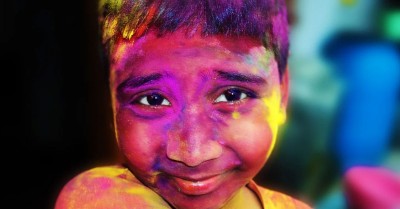
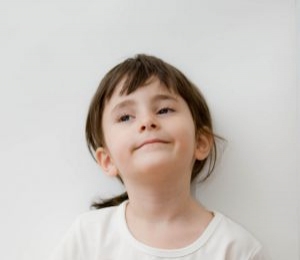 Open ended questions cannot be responded to with one word answers such as yes or no. These types of questions enables a child to provide
Open ended questions cannot be responded to with one word answers such as yes or no. These types of questions enables a child to provide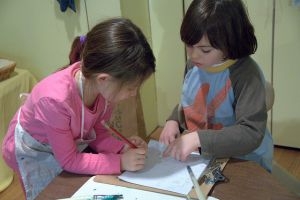 During your child’s preschool years, an important milestone begins to emerge. This is the development of pre-writing skills. Pre-writing skills are used to encourage, develop
During your child’s preschool years, an important milestone begins to emerge. This is the development of pre-writing skills. Pre-writing skills are used to encourage, develop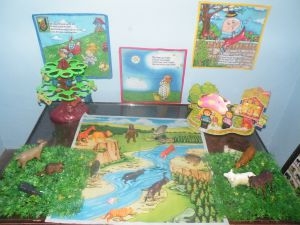 Open ended materials enables children to play freely. They are objects that have no rules to follow, use or function. Raw materials that can be
Open ended materials enables children to play freely. They are objects that have no rules to follow, use or function. Raw materials that can be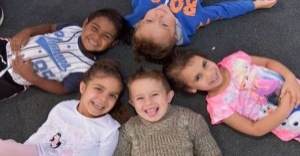 An Acknowledgment of the Country is a way of showing respect for the Traditional Owners and can be given by both non-Indigenous people and Aboriginal
An Acknowledgment of the Country is a way of showing respect for the Traditional Owners and can be given by both non-Indigenous people and Aboriginal Language plays an important role in a child’s development. It enables a child to communicate effectively with their family, learn at school, socialize with friends,
Language plays an important role in a child’s development. It enables a child to communicate effectively with their family, learn at school, socialize with friends,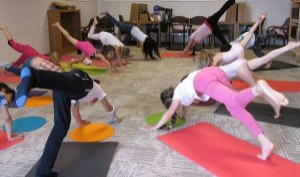 Like adults, children have to deal with their own stress in life. Moving house, starting a new school, preparing for a new sibling - these are
Like adults, children have to deal with their own stress in life. Moving house, starting a new school, preparing for a new sibling - these are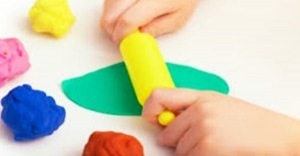 Playdough is such a versatile material. It provides numerous benefits to children as they manipulate it, it is safe and soothing and provides children with
Playdough is such a versatile material. It provides numerous benefits to children as they manipulate it, it is safe and soothing and provides children with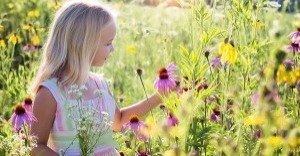 Teaching children about sustainability enables them to appreciate and respect the natural environment. Early childhood services can provide meaningful hand on learning experiences in order
Teaching children about sustainability enables them to appreciate and respect the natural environment. Early childhood services can provide meaningful hand on learning experiences in order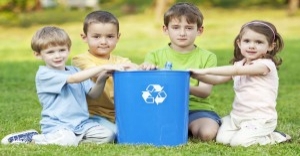 Recycling is an important concept that teaches children to care for the environment. It encourages children to be responsible and show a growing appreciating for
Recycling is an important concept that teaches children to care for the environment. It encourages children to be responsible and show a growing appreciating for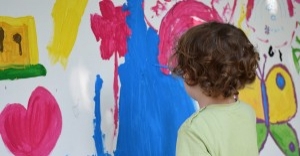 When children apply paint to paper, glue things together, or pound a lump of clay, they experiment with colour, shape design and texture.
When children apply paint to paper, glue things together, or pound a lump of clay, they experiment with colour, shape design and texture.



